From Washington to Biden: Presidential Salaries Over the Years
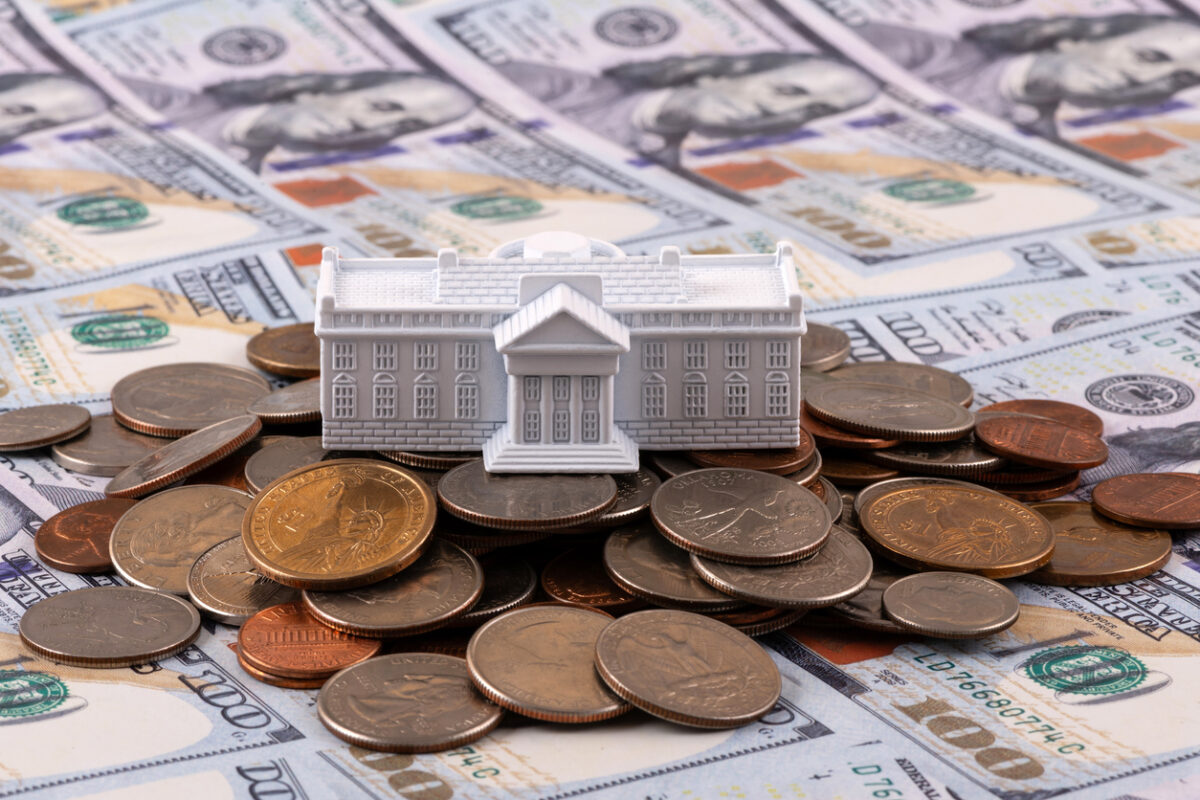
The average employee looks forward to an annual raise, giving their salary a slight boost. You might think that the presidential salary is one that changes with each new person that takes a seat in the Oval Office, but the president’s paycheck has only been increased five times since the days of George Washington. We took a look at the presidential salary increases over the years and adjusted the price for inflation, using the year in the middle of the salary range as our base.
The History of Presidential Salaries
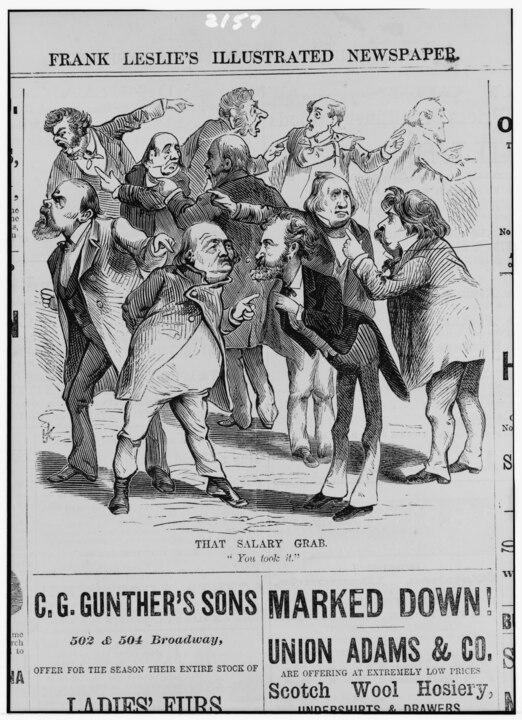
The salary of the U.S. president has only been adjusted five times since the office was established in 1789. Initially set at $25,000 during George Washington’s presidency, it was raised all the way to the current $400,000. These adjustments aim to account for inflation and the ever-evolving responsibilities of the president. The U.S. Congress is responsible for determining the president’s salary, with adjustments requiring congressional approval. Changes are carefully considered and do not take effect until the next term, ensuring that sitting presidents do not personally benefit from salary increases enacted during their tenure. That is, it would be a little controversial for a president to come into office and give themself a raise right out of the gate.
1789 to 1872: $25,000
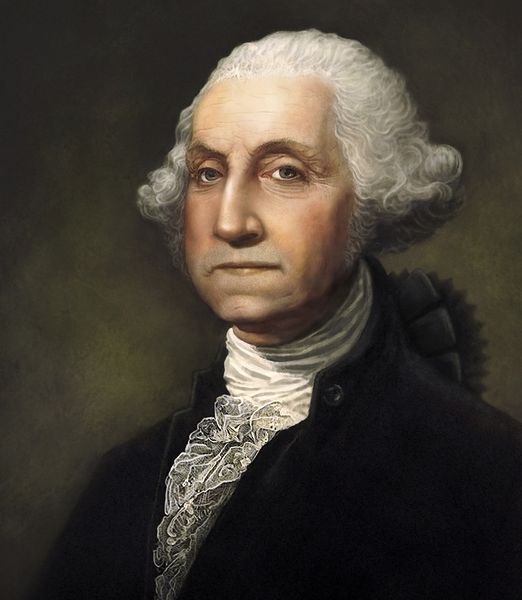
Salary Adjusted for Inflation: $855,424
For the first five months of George Washington’s term, he didn’t have a salary. The presidential salary was set in September of 1789 and is the longest-standing salary range of any on this list, lasting until it was doubled 83 years later. While $25,000 doesn’t sound like a lot these days, the thought of that annual salary in the 1700s is pretty mind-blowing. Along with cabinet members, Washington’s VP, John Adams, earned a much more modest salary of $3,500.
1873 to 1908: $50,000
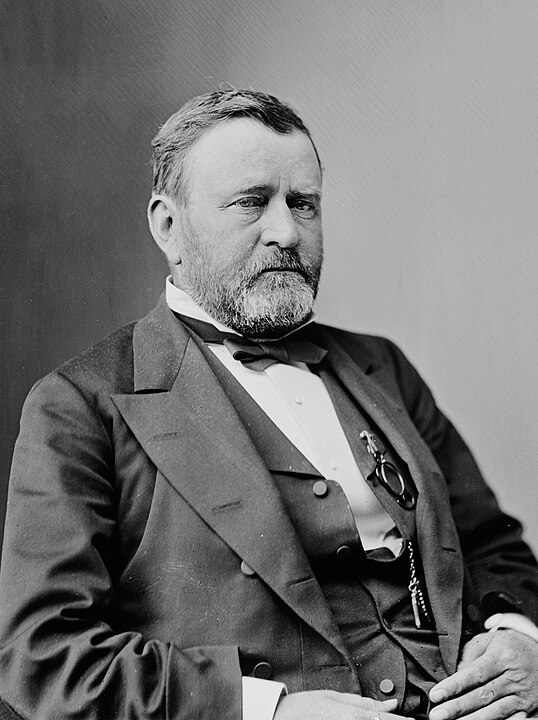
Salary Adjusted for Inflation: $1,729,648
The day before his presidential inaugauration in 1873, Ulysses S. Grant passed “The Salary Grab Act,” officially the “Legislative, Executive, and Judicial Expenses Appropriation Act.” With the passing of this legislature, the presidential salary, along with those of the supreme court justices, was doubled. This decision was met with a great deal of controversy, but Grant stood by his stance that the existing $25,000 was too low for government officials.
1909 to 1942: $75,000
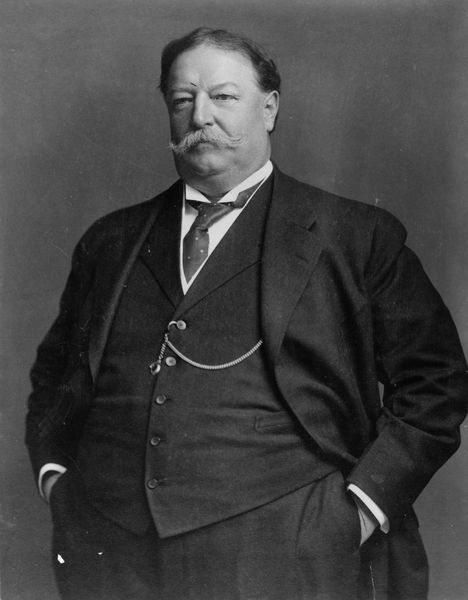
Salary Adjusted for Inflation: $1,333,881
The presidential salary was increased in 1909 from $50,000 to $75,000 due to the growing responsibilities and costs associated with the office. By the time William Howard Taft assumed the presidency in 1909, the nation had expanded both in population and complexity. The president’s role also evolved, with greater demands on his time, energy, and personal resources.
1943 to 1968: $100,000
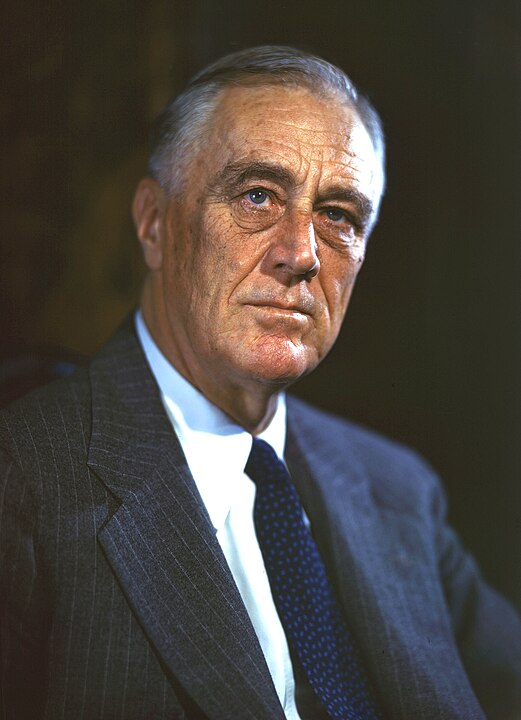
Salary Adjusted for Inflation: $1,157,338
In 1943, the presidential salary was increased from $75,000 to $100,000. This raise occurred during Franklin D. Roosevelt’s presidency, and like the earlier increase in 1909, it was prompted by inflation and the expanding role of the federal government. The Great Depression, followed by World War II, had transformed the scope of the presidency, with significant domestic and international responsibilities. In 1949, an additional expense allowance of $50,000 was put into place, meant to cover the president’s official duties without tapping into personal funds.
1969 to 2000: $200,000
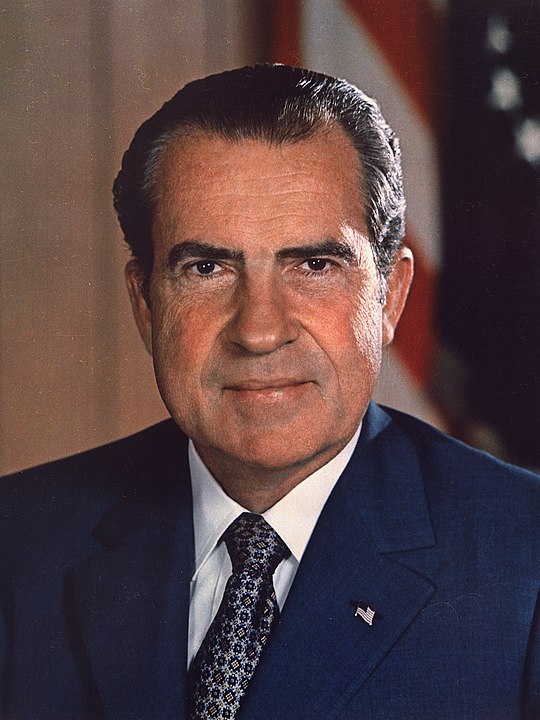
Salary Adjusted for Inflation: $585,123
1969 marked the second time that the presidential salary increase was doubled. This raise came during Richard Nixon’s presidency and was the first increase in 26 years. The rationale for the raise was driven by inflation, which had significantly eroded the purchasing power of the president’s salary over time. The responsibilities of the presidency had also continued to expand, especially in the context of post-World War II global leadership and the Cold War.
Interestingly, despite this salary increase, Nixon made headlines later for controversies surrounding his personal finances and tax practices, which became a topic of public debate.
2001 to Present: $400,000

Salary Adjusted for Inflation: $548,439
In 2001, the presidential salary was increased by 50% yet again, with an additional $50,000 expense allowance intact. This change took effect at the start of George W. Bush’s presidency and was the first salary increase in over 30 years, since 1969. The decision to raise the salary was driven by several factors, primarily inflation, which had significantly reduced the real value of the president’s compensation since the last raise. The responsibilities and demands of the presidency had also continued to grow, with more complex domestic and international challenges.
This salary figure has been in place for 23 years now, and judging by the prior trends (and the rampant inflation that’s been holding on for dear life in recent years), an increase might not be too far in the future.